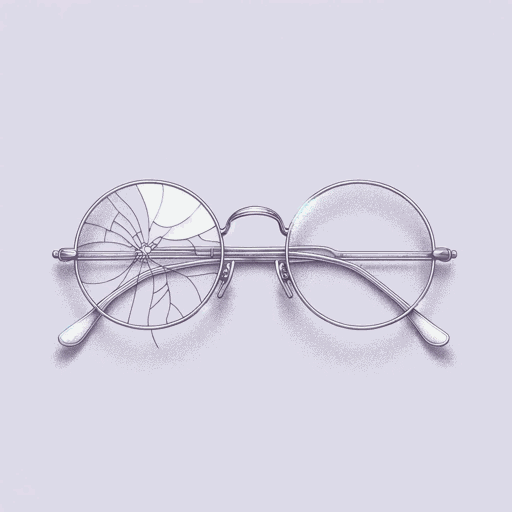39 pages • 1 hour read
Sigmund FreudThree Essays on the Theory of Sexuality
Nonfiction | Book | Adult | Published in 1905A modern alternative to SparkNotes and CliffsNotes, SuperSummary offers high-quality Study Guides with detailed chapter summaries and analysis of major themes, characters, and more.
Essay 1Chapter Summaries & Analyses
Essay 1 Summary: “The Sexual Aberrations”
Freud begins by remarking that knowledge of human sexuality has been characterized by fixed ideas and errors. The biggest error that Freud will challenge is the belief that children and infants are not sexual beings. Freud also disputes the common notions that the sex drive is fundamentally an instinct toward or an attraction to the opposite sex, that sexual pleasure and functions pertain primarily to the genitals, and that sex is innately procreative in nature.
Freud is, in fact, arguing for a radical expansion of our understanding of what constitutes sexuality, sexual experience, and a person’s sex life. He proceeds methodically. First, he establishes a conceptual framework by naming two distinct aspects of the sexual impulse or instinct: sexual objects and sexual aims. The sexual object is the other person (or, in certain kinds of perversions, not a person but an animal or a thing) whom the sex instinct leads us to find attractive. The sexual aim is the satisfaction sought through interaction with the sexual object.
Having established these distinctions, Freud will argue that the sexual instinct exists entirely independently of any normative sexual object or sexual aim. To establish this, he turns to the sexual perversions. The first so-called aberration that he discusses is homosexuality.
Related Titles
By Sigmund Freud

Civilization And Its Discontents
Sigmund Freud

Moses and Monotheism
Sigmund Freud

On Dreams
Sigmund Freud

The Freud Reader
Sigmund Freud

The Future of an Illusion
Sigmund Freud

The Interpretation of Dreams
Sigmund Freud

The Uncanny
Sigmund Freud

